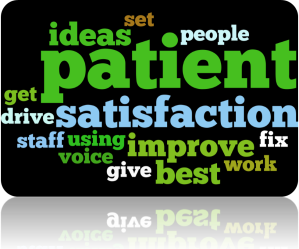 In the article Report: IRS customer service lacking, the author shares the woes that customers/taxpayers have when working to get questions answered and issues resolved. And while many people have heard customer service horror stories about the IRS, what’s most interesting about how the article is constructed is that the premise of poor customer service is based on data.
In the article Report: IRS customer service lacking, the author shares the woes that customers/taxpayers have when working to get questions answered and issues resolved. And while many people have heard customer service horror stories about the IRS, what’s most interesting about how the article is constructed is that the premise of poor customer service is based on data.
Only about 33% of callers can get through to the IRS. Call hold time tripled from 2010 to 2015.
The IRS complained that this was due to budget cuts and increased demand for services because of Obamacare and other initiatives. And while all that may be true about the Federal Government, there is a lesson for every business as well.
What are those true operational measures that are indicators of customer service performance? What if you identified those internal measures and (gasp) had to report them publicly? I’m not talking about “97% customer satisfaction” as Geico touts. I’m talking about real objective internal measures that get at processes and quality.
What is the hold time, the abandon rate, and likelihood of being transferred? What is the quality of information provided in written correspondence, and how long does it take to get to the customer? What did your business tell the customer to do and in what timeframe, and did it meet those expectations? What is the reality of your customer experience as viewed through a Mystery Shopping Program, and did the Shop results mirror what management THOUGHT was the real customer experience?
Take a step back, and imagine if all your internal metrics were made public. How would it make your business look to the customer…and to your competitors?
Put your measures and your customer experience through this reality check to find opportunities to raise your customer service performance.
Interested in improving your customer experience? Visit the Customer Service Solutions website.























